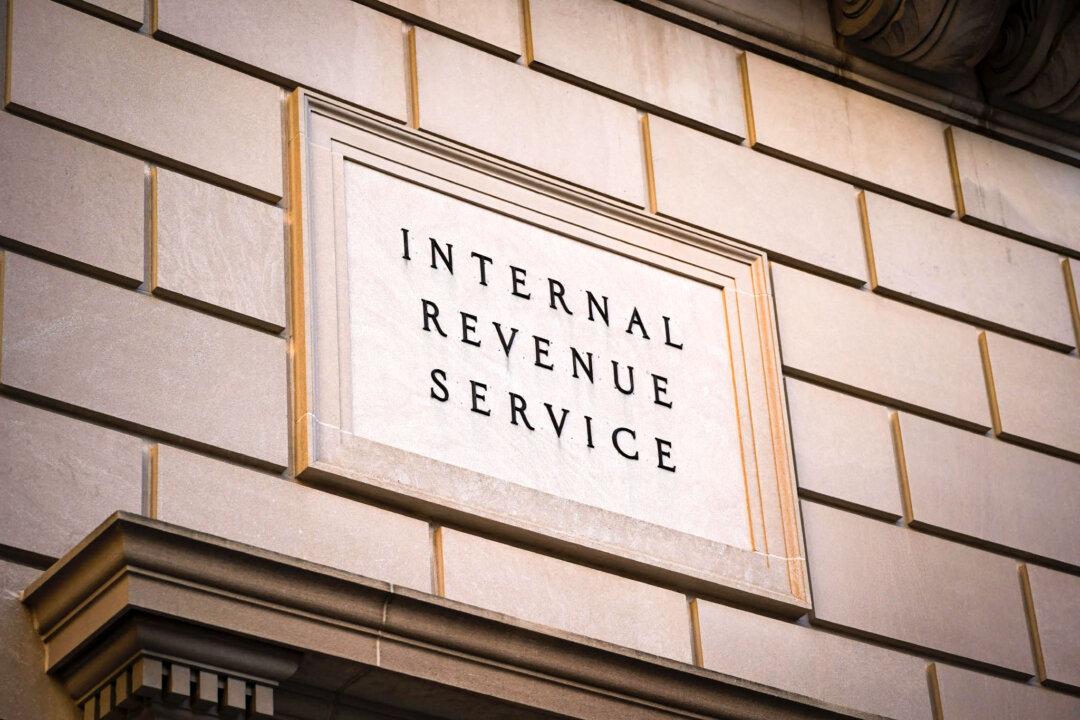The IRS has announced updated contribution limits for various retirement savings plans for 2025, allowing workers to set aside more money in some cases through both employer-sponsored plans and individual accounts.
For workers aged 50 and older, who are eligible for “catch-up” contributions, the additional contribution limit will remain at $7,500 in 2025. This means that participants aged 50 and older enrolled in most 401(k), 403(b), and governmental 457 plans and the federal government’s Thrift Savings Plan can contribute up to $31,000 annually. However, a provision in the SECURE 2.0 Act introduces a higher catch-up contribution limit for employees aged 60 to 63. For these individuals, the catch-up limit in 2025 will be $11,250, rather than the standard $7,500, providing them with additional opportunities to boost their retirement savings.
For an individual retirement account (IRA), the base contribution limit will stay at $7,000 in 2025. While the SECURE 2.0 Act introduced future cost-of-living adjustments for IRA catch-up contributions, the catch-up limit remains at $1,000 for those aged 50 and older for the coming year. This means eligible individuals can contribute up to $8,000 to an IRA in 2025. However, income phase-out ranges, which determine eligibility for IRA deductions for taxpayers covered by a workplace retirement plan, have been increased slightly. For single filers, the deduction phase-out range now begins at $79,000 and ends at $89,000, while for married couples filing jointly, it spans $126,000 to $146,000.
Roth IRAs, which allow tax-free withdrawals in retirement, will also see higher income eligibility limits. In 2025, the phase-out range for single filers and heads of household is $150,000 to $165,000, while married couples filing jointly will see a range of $236,000 to $246,000.
For SIMPLE retirement accounts, commonly used by small businesses, the contribution limit will increase to $16,500, up from $16,000 in 2024. Catch-up contributions for workers 50 and older remain at $3,500, while those aged 60 to 63 have a higher catch-up option at $5,250.
The IRS also updated the income threshold that defines a “highly compensated employee” for retirement plan purposes, raising it from $155,000 to $160,000. In addition, the cap on qualified charitable distributions from IRAs, which are excluded from gross income, has been increased to $108,000, allowing eligible retirees more tax-efficient giving options.







